Climate change and homelessness among themes of Warming Huts 2025 competition winners
By Niall Patrick Walsh|
Tuesday, Jan 7, 2025
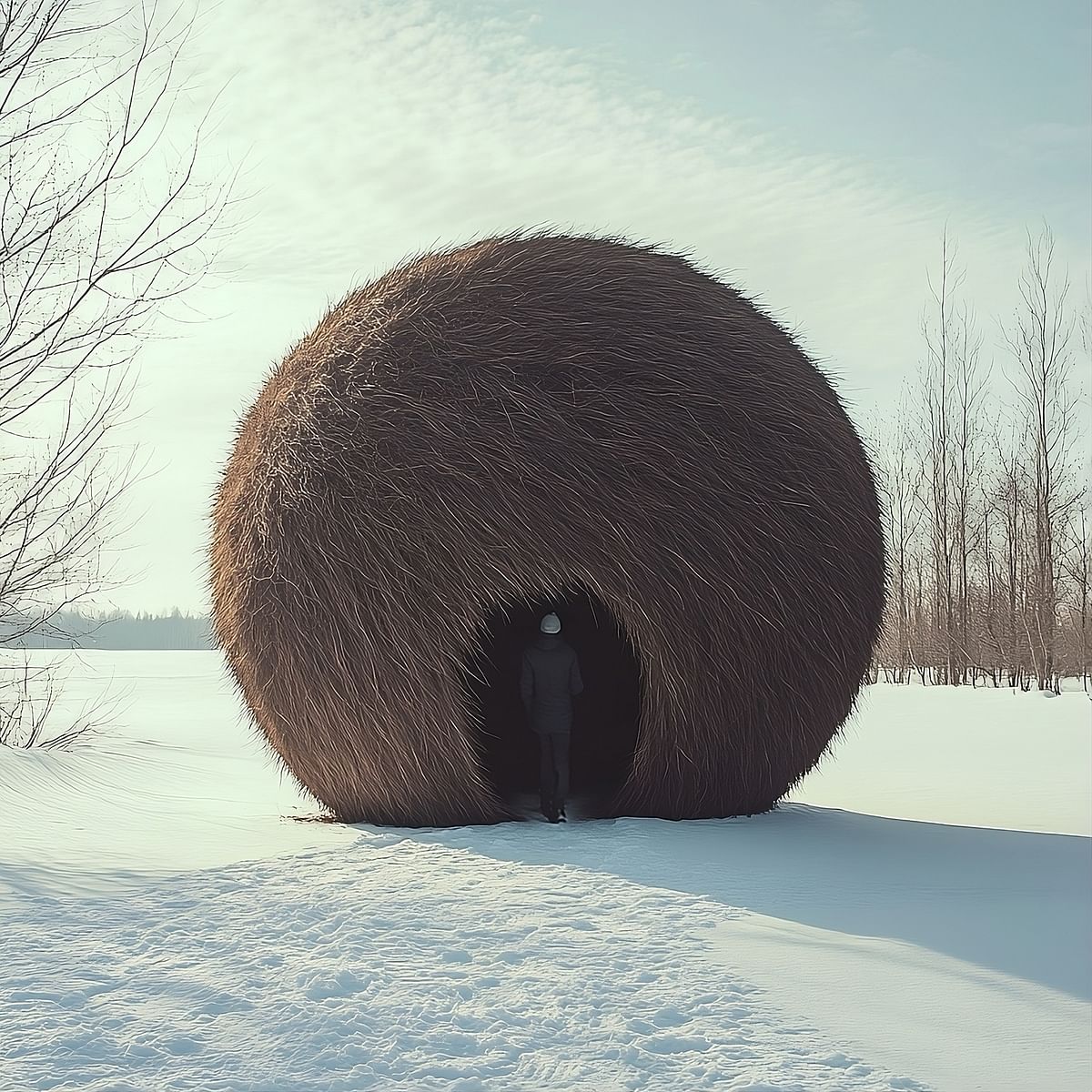
Related
Six selected pavilions have been chosen for construction along the Nestaweya River Trail in Winnipeg as part of the latest Warming Huts: An Art + Architecture Competition on Ice. Since its launch in 2009, the open competition has attracted entries from across the globe, with winning schemes constructed towards the end of each January.
The 2025 selection of huts seeks to “represent fun and warmth, while also speaking to issues such as climate change and homelessness,” according to the organizers. The winning schemes range from a colorful grain elevator to a balled-up beaver to a half-sunken car, and from a single-person home to a gift wrapped with a bow.
Details on the six huts are expanded upon below, while our ongoing coverage of the initiative, including previous winners, can be explored here.
ROSEMARY Skool by invited artists Jaimie Isaac and Suzanne Morrissette of ROSEMARY Gallery

Project description: “Inspired by a birchbark basket and built with snow and river-sourced clay bricks, ROSEMARY Skool is both a visual statement and a hub for arts, performances, and community events. With its organic design returning to the earth in spring, it celebrates connection, creativity, and the beauty of nature's cycle.”
Prototype Home by the University of Manitoba Faculty of Architecture
Project description: “Each year, students from the University of Manitoba's Faculty of Architectures design a warming hut for the Nestaweya River Trail. This year’s Prototype Home represents a single-person transitional housing unit, addressing homelessness in Winnipeg. Created with St. Boniface Street Links, it blends innovation with compassion.”
The Present by Grade 10 Students and Teachers from Exchange Met School
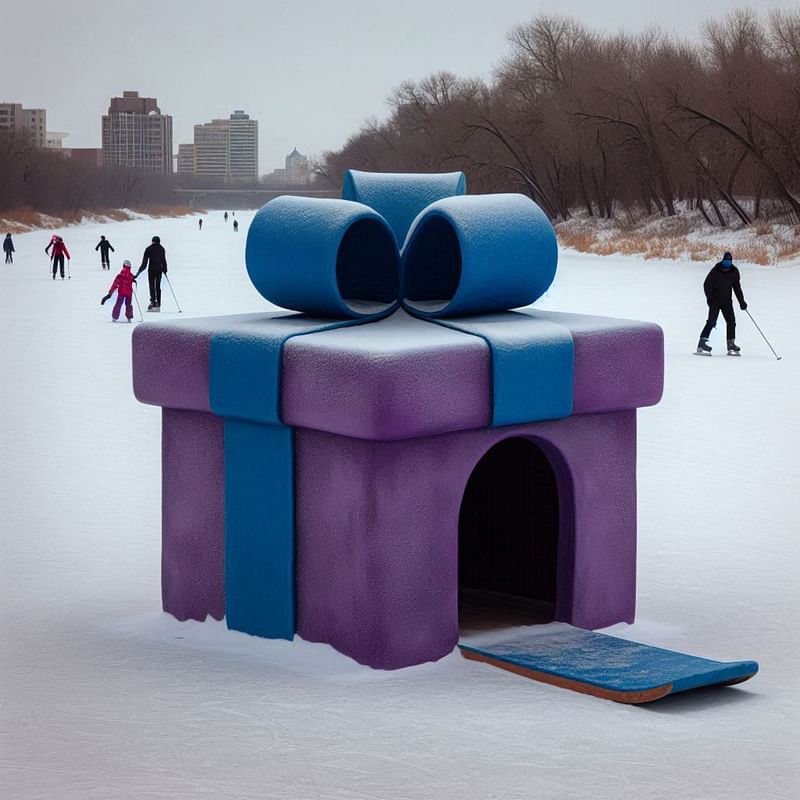
Project description: “Step inside this oversized gift, and be surrounded by cozy memories and sensations! Softly tinted lights, the comforting aroma of hot chocolate and evergreen, and the inviting warmth of shared stories. Inside, you'll find thoughtful touches like books, a tree, and objects that evoke the magic of winter.”
Prairie Castle by Nick Green and Greig Pirri
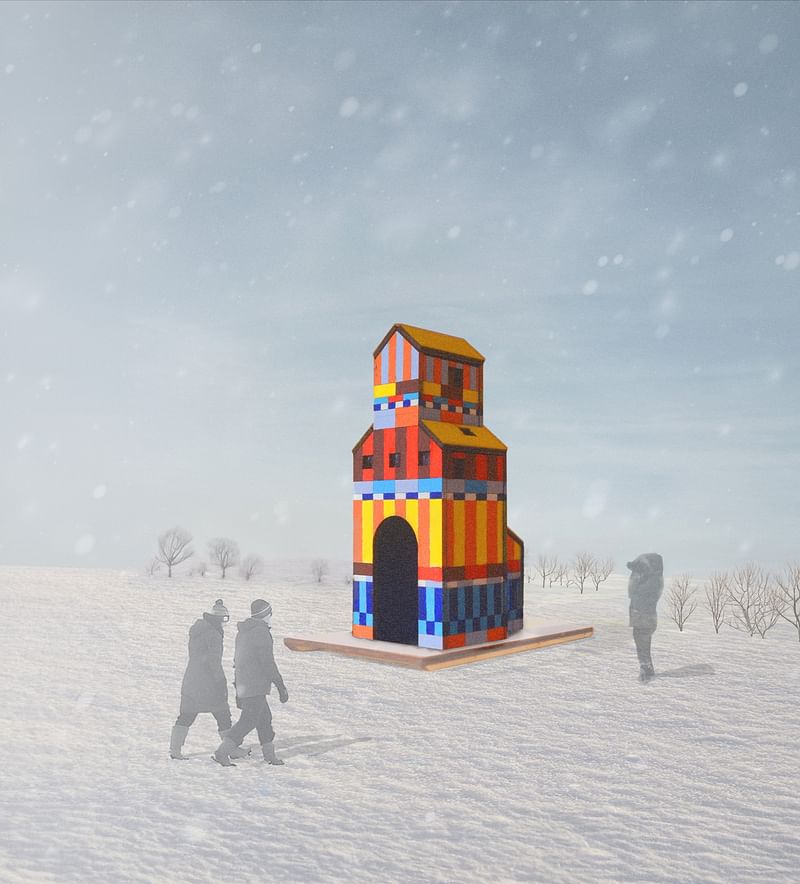
Project description: “Prairie Castle will be a colorful beacon, that mixes the distinctive design of a Manitoba grain elevator with colors and inspirations from Scottish castles.”
Pom Pom by Haoran Deng and Bicen Song
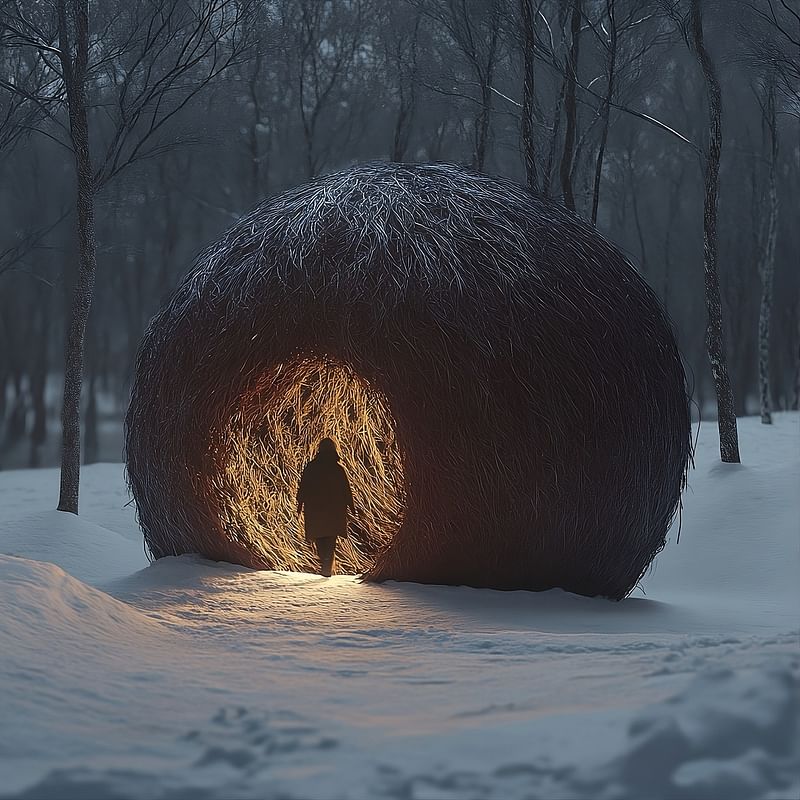
Project description: “Pom Pom's cute and fluffy-like shape is inspired by the way a beaver wraps its tail around its body to create a cozy ball of warmth.C rafted with locally sourced materials to mimic its fleecy texture, Pom Pom will invite trail users to come inside and enjoy a functional yet artistic shelter.”
Wrong Turn by Christopher Loofs, Kaci Marshall, and Jordan Loofs, of UnearthedPractice
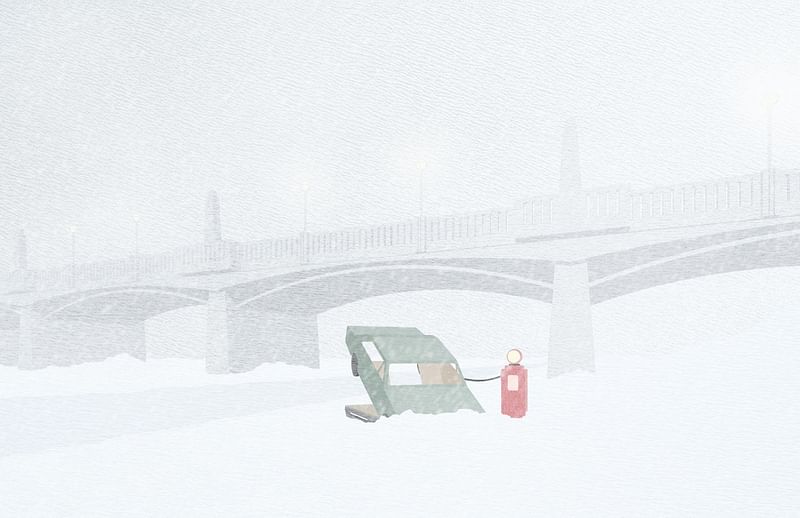
Project description: “This playful and satirical design features a toy-like Acadian car, half-sunk through thin ice - a striking visual metaphor for climate change. A step inside offers shelter from the cold and is complete with two seats to rest before River Trail adventurers continue their journey on the ice.”

Share
1 Comment
will galloway · Jan 07, 25 2:16 PM
Impressive. Nice to see that it isn't all self-referential architectural objects. A hard thing to do for this kind of project, maybe a signal of things to come for our profession. The PomPom looks amazing, if they can pull it off. The renders look like AI only to me?
Comment as :